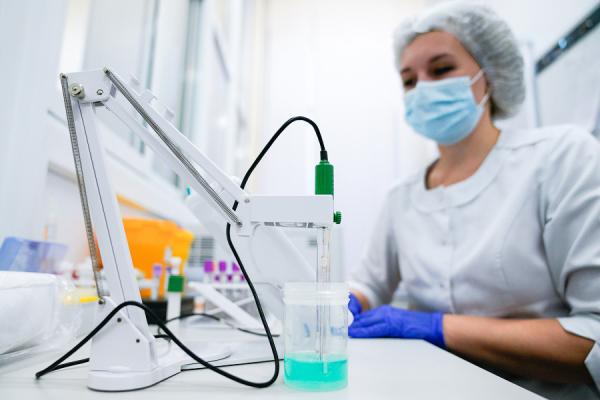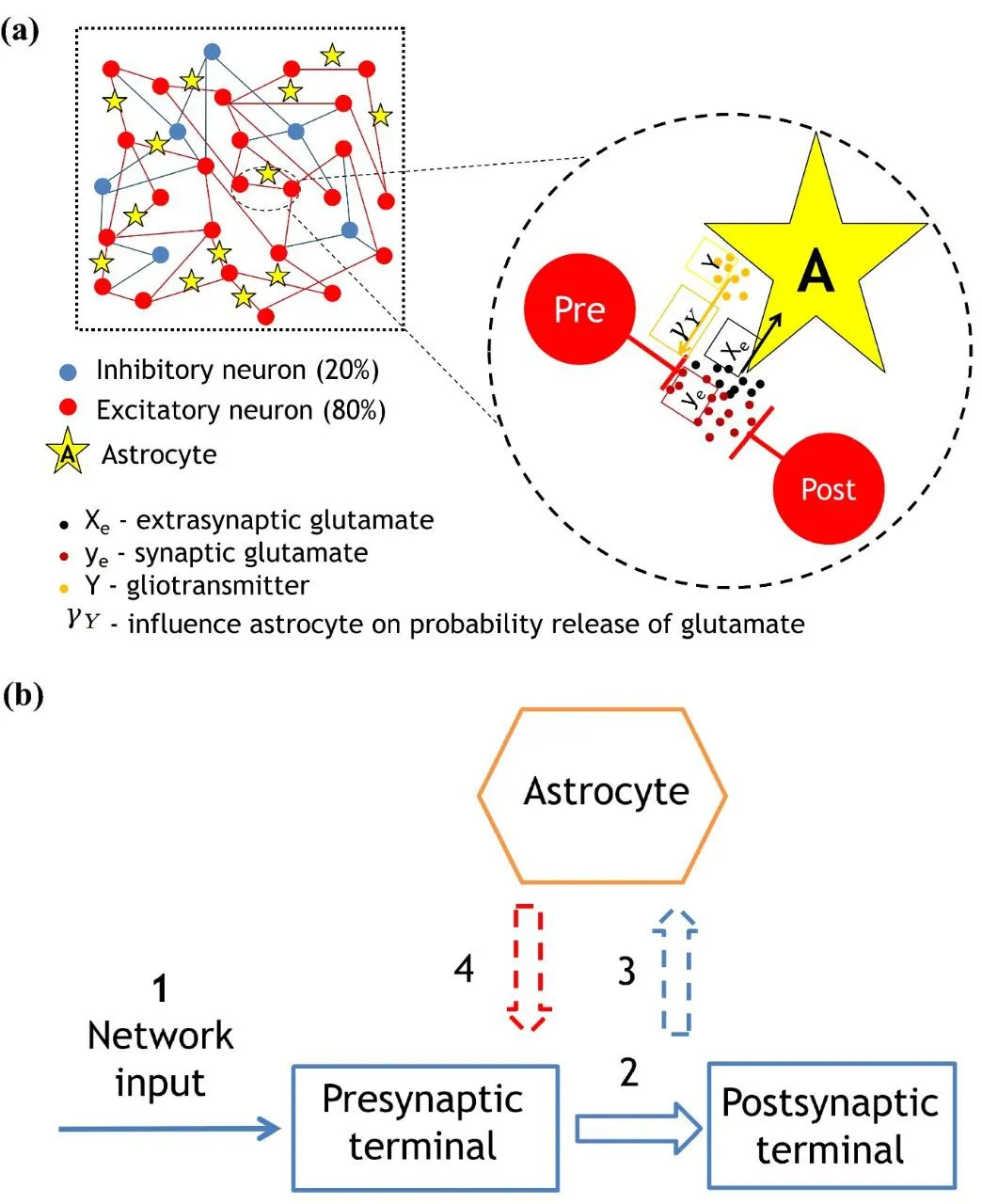
IKBFU scientists have developed a mathematical model simulating the work of neuronal networks of the brain in COVID-19 patients. In the severe course of this disease, the virus affects astrocytes — cells that control the transmission of signals between neurons. The authors showed that as a result of the infection, nerve cells stop working synchronously, and this can adversely affect the cognitive abilities and memory of patients. The results of the study are publishedin the journal Scientific Reports.
Many brain functions, such as the ability to memorize information and focus, are enabled by the fact that nerve cells (neurons) work synchronously. This means that certain parts of the neuronal network are simultaneously excited and then go into an inactive state. Then the cycle repeats like waves crashing on the shore and then receding.
Studies have shown that astrocytes — support cells that surround neurons and participate in the transmission of signals between them — play a major role in brain activity, including such "brain waves". During this process, one neuron releases a signaling molecule, such as glutamate, into contact zone with another neuron. This, in turn, can bind to receptors on the astrocyte and activate a molecular cascade in it, leading to the production of its own signaling molecules. With their help, the astrocyte is able to inhibit or activate signal transduction between neurons. Since each astrocyte is associated with a large number of neuronal endings, its activity simultaneously affects entire groups of nerve cells, providing those very "brain waves".
Scientists from Immanuel Kant Baltic Federal University with colleagues from Lobachevsky Nizhny Novgorod State University modeled the work of neural networks of the brain in COVID-19 patients. The fact is that in the severe course of the disease, the virus can penetrate the brain and affect astrocytes. As a result, the cells release less glutamate. This means that in case of a severe infection, the astrocytes ability to release the signaling molecules becomes seriously hampered.
The research authors created an artificial neural network modeling the interactions of nerve cells with healthy and infected astrocytes. In the latter case, the scientists modified the mathematical formula describing the release of glutamate by astrocytes, so as to take into account the observed decrease in the level of this signaling molecule.
The researchers then trained the model to synchronously activate certain groups of neurons in the same way as they are excited during natural brain activity. It turned out that in the "infected" neural network normal "brain waves" alternate with periods of asynchronous work. In this case, uncoordinated activation corresponded to those phases when astrocytes did not produce glutamate at all or released it in insufficient quantities. Expectedly, the stronger the infection was, the less coordinated the neural network's work became.
|
Alexander Hramov, Dr. Sci. in Physics and Mathematics, professor, chief scientific officer of Baltic Centre of neurotechnologies and artificial intelligence of Immanuel Kant Baltic Federal University: |
|
Our model has shown that infection of astrocytes leads to a disruption in the synchronized functioning of neurons in the brain, while each individual cell continues to function normally. This observation provides insight into the underlying reasons why some COVID-19 patients experience memory impairment, increased anxiety, and attention deficit disorder |

User profile for student
User profile for student
I give consent to the processing of the personal data provided, with Personal Data Processing Policy acquainted
Confirm consent